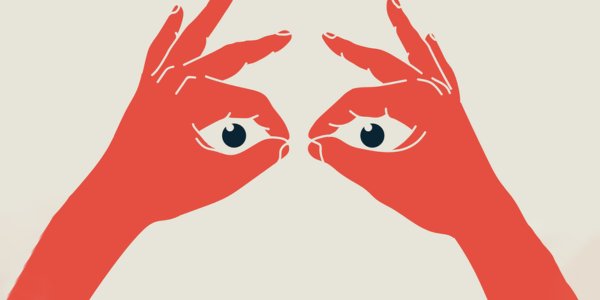Scoptophilia
Understanding Scoptophilia
The Psychology Behind Watching and Desire
Scoptophilia refers to deriving pleasure or arousal from watching others, often in sexual or intimate contexts. The word comes from Greek roots — “skopein” meaning to look and “philia” meaning love. It highlights how visual stimulation can play a powerful role in human sexuality.
In psychology, scoptophilia is considered a type of voyeuristic tendency, though not all forms are deviant or harmful. Many people experience mild forms of it through socially acceptable contexts — such as enjoying erotic films, photography, or artistic depictions of the human body.
The Fine Line Between Curiosity and Consent
Healthy expressions of scoptophilia are built on consent. When both parties are aware and comfortable, visual exploration can enhance intimacy. Problems arise only when observation crosses ethical or legal boundaries — such as secretly watching someone without their consent.
In relationships, partners may consciously integrate visual arousal into their intimacy, finding pleasure in being watched or watching each other. This mutual openness can deepen trust, communication, and excitement.
Scoptophilia in Modern Culture
Today’s digital era has amplified visual stimulation. From social media aesthetics to adult content, sight-driven arousal is more visible than ever. However, ethical awareness remains key — the difference between artful observation and invasion of privacy depends entirely on consent and respect.
For some, this fascination connects to performance, power, or vulnerability. The act of watching or being watched can become an emotional and psychological dance — a shared understanding of attraction and exposure.
FAQ
What does scoptophilia mean?
Scoptophilia is the sexual or emotional pleasure derived from observing others, usually in intimate or erotic situations.
Is scoptophilia the same as voyeurism?
They’re closely related, but voyeurism typically involves non-consensual watching. Scoptophilia can occur within consent and intimacy.
Can scoptophilia exist in healthy relationships?
Yes. When both partners agree, watching or being watched can become an exciting, consensual part of sexual exploration.
Is scoptophilia considered a disorder?
Not necessarily. It’s only seen as problematic when it violates privacy or causes distress to others.
How is scoptophilia expressed in modern society?
It appears through artistic photography, film, and consensual acts where observation enhances attraction — all emphasizing visual pleasure within mutual consent.
















